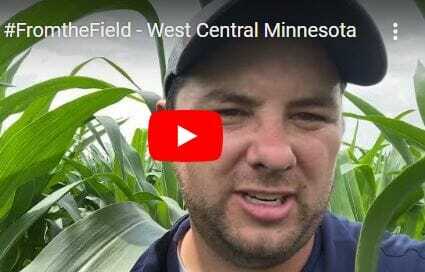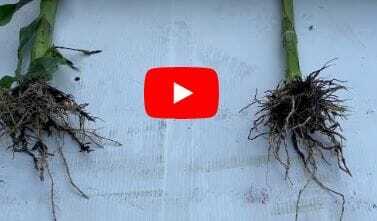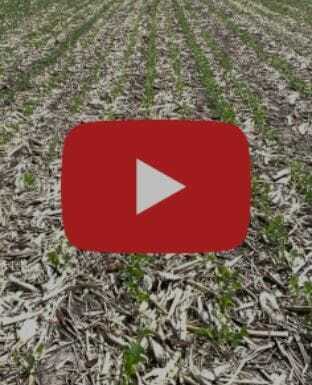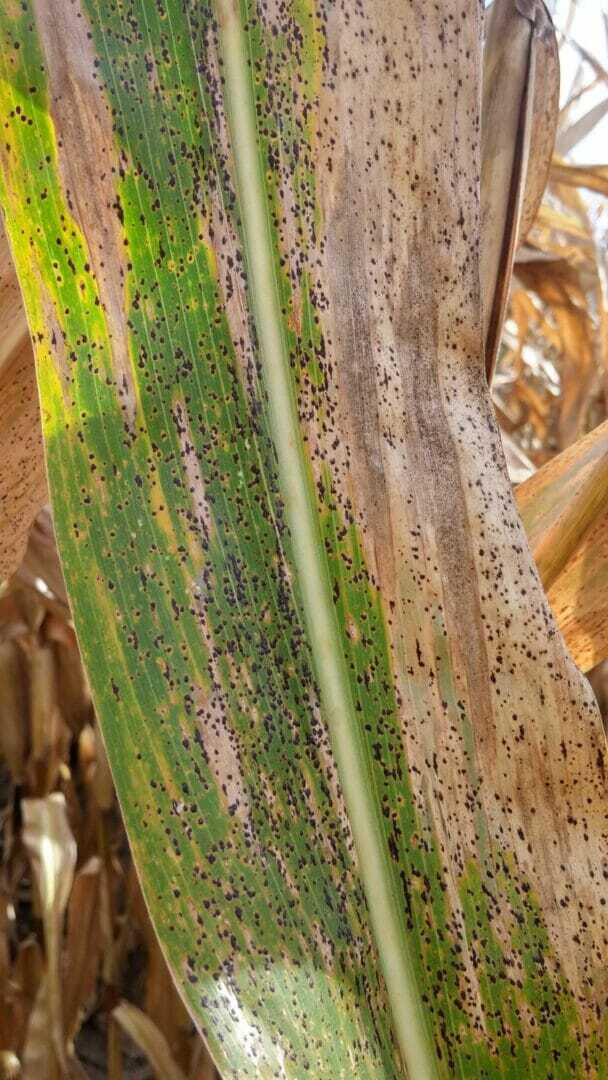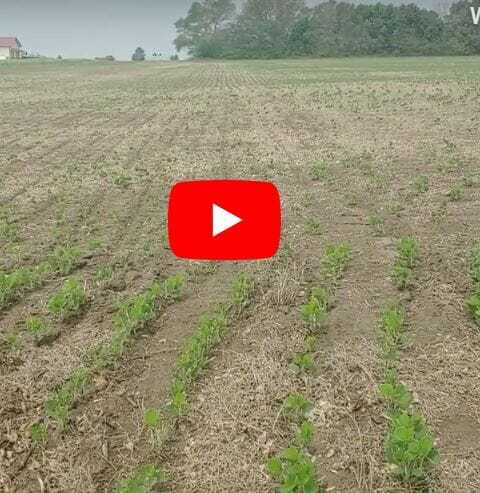By now you should be scouting your fields weekly for signs of disease. Other factors to consider when deciding whether to spray a fungicide include:
- Anticipated environmental conditions. Environment plays a significant role in disease development. Hot, humid weather favors gray leaf spot. Wet, warm (64 to 81°F) conditions favor infection and spore production by the fungus that causes northern leaf blight. Dry weather halts the development of most fungal diseases.
- Planting date. Infection at earlier growth stages will have a greater impact on yield. We usually see gray leaf spot starting on the lower leaves around the end of July and beginning of August. This year corn has been planted at essentially three planting dates. It is possible that the later planted corn (mid-May) will be at a greater risk for yield loss from foliar disease.
- Corn-following-corn fields. Many foliar disease pathogens survive winters in crop residue. Infested residue on the soil surface significantly increases the risk and development of tar spot, gray leaf spot, northern leaf blight and eyespot.
- Fungicide activity. Most fungicides are effective against disease for 14 to 21 days. Corn takes approximately 60 days from silking to physiological maturity, depending on the hybrid. Therefore, spraying a fungicide too early could negate any beneficial effect against disease development that occurs during grain fill.
- Plant health. In the absence of disease, fungicides might only increase yields by five to six bushels per acre. This barely covers the cost of the fungicide plus application.
- Stalk rots. Foliar fungicides will have no direct effect on stalk rots. The fungi that cause stalk rots systemically infect the corn plant, and available fungicides are not systemic enough to be effective against stalk rot pathogens. However, foliar disease severity is highly correlated with stalk rot prevalence. Leaf spot diseases reduce the area of photosynthetic tissue and increase susceptibility to stalk rot. Therefore, fungicide applications may indirectly reduce stalk rots by managing foliar disease and reducing plant stress.
- Tar Spot. Currently, there are multiple fungicides from multiple companies that work to help control tar spot in corn. However, fungicide efficacy is often largely controlled by fungicide timing. In most instances, a fungicide application between the VT growth stage (tassel emergence) and R2 growth stage (blister) is most effective for controlling tar spot. Furthermore, a mixed-mode-of-action fungicide product is often more effective than a single-mode-of-action product. In severe tar spot situations, two fungicide applications may be required. However, this is often dictated by history of severe disease and conducive environmental conditions in a field.
All these points reiterate the importance of tracking disease and continually scouting your field.
Did you enjoy this article? We want to (TECH)talk with you! Sign up for our newsletter to receive agronomy videos (and delicious recipes) in your inbox! We’ll TALK soon.


